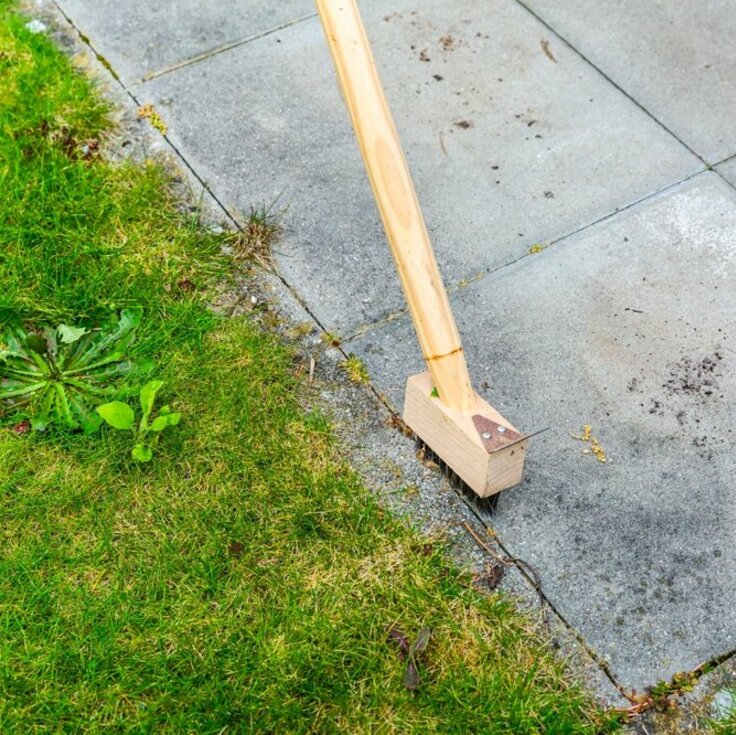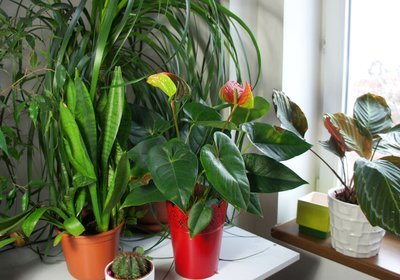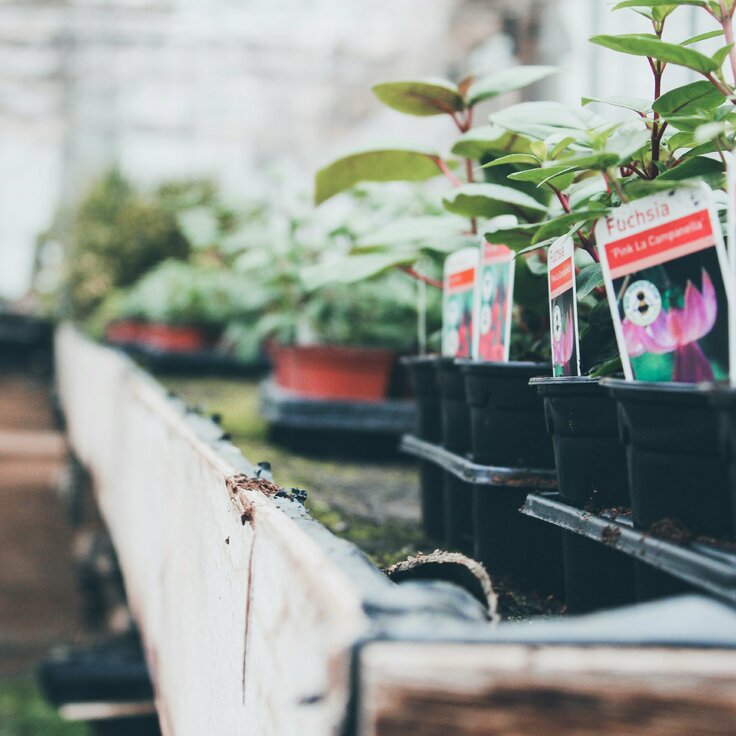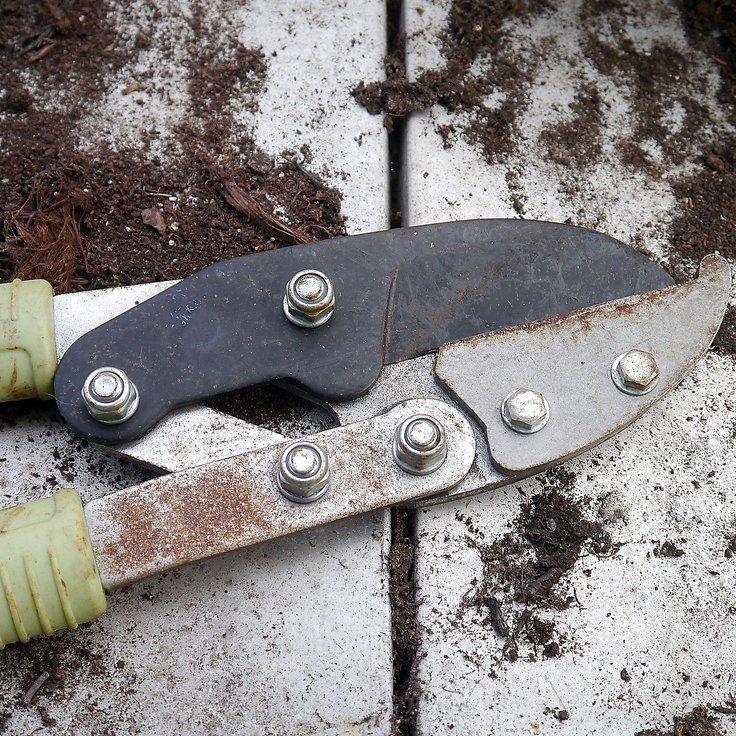Building your own bug hotel
Before embarking on your bug hotel construction journey, scout out the ideal location. Bugs love warmth and sunlight, so choose a spot that receives plenty of sunshine throughout the day. Additionally, ensure the area is sheltered from strong winds and predators. A south-facing wall or a sunny corner of your garden would be perfect. Remember, a bug hotel is essentially a sanctuary for insects, so providing a hospitable environment is crucial.
Materials and design
Gather an assortment of materials to construct your bug hotel. Aim for a mix of natural and recycled materials to attract a diverse range of bugs. Old wooden pallets, bricks, bamboo canes, pine cones, and hollow stems all make excellent building blocks. Get creative with your design – stack materials to create different levels and compartments, providing various habitats for bugs to nest and hibernate. Don't forget to leave gaps and crevices for bugs to crawl into, ensuring a snug and secure shelter.
Bug-friendly features
To make your bug hotel irresistible to its potential inhabitants, incorporate bug-friendly features into its design. Add a 'green roof' by planting sedum or other low-growing plants on top of your bug hotel. This not only provides additional shelter but also attracts pollinators like bees and butterflies. Introduce water sources nearby, such as a shallow dish filled with pebbles and water, to quench the thirst of thirsty bugs. Additionally, consider including insect-friendly plants and flowers around your bug hotel to create a welcoming environment.
Attracting beneficial bugs
One of the main purposes of a bug hotel is to attract beneficial insects to your garden. These bugs act as natural pest controllers, pollinators, and decomposers, contributing to a healthy ecosystem. To attract a diverse range of beneficial bugs, provide a variety of habitats within your bug hotel. Incorporate materials like straw, leaves, and twigs to attract ladybirds, lacewings, and hoverflies, which prey on garden pests like aphids. Include bee tubes or drilled wooden blocks to attract solitary bees, essential pollinators for many plants.
Maintenance and monitoring
Once your bug hotel is up and running, it's essential to maintain and monitor it regularly. Check for any damage or wear and tear, repairing or replacing materials as needed. Keep an eye out for signs of insect activity – look for cocoons, egg cases, or small holes indicating occupancy. Monitor the types of bugs that inhabit your bug hotel and adjust its design or features accordingly to cater to their needs. With proper care and attention, your bug hotel will continue to be a thriving haven for beneficial bugs in your garden.








